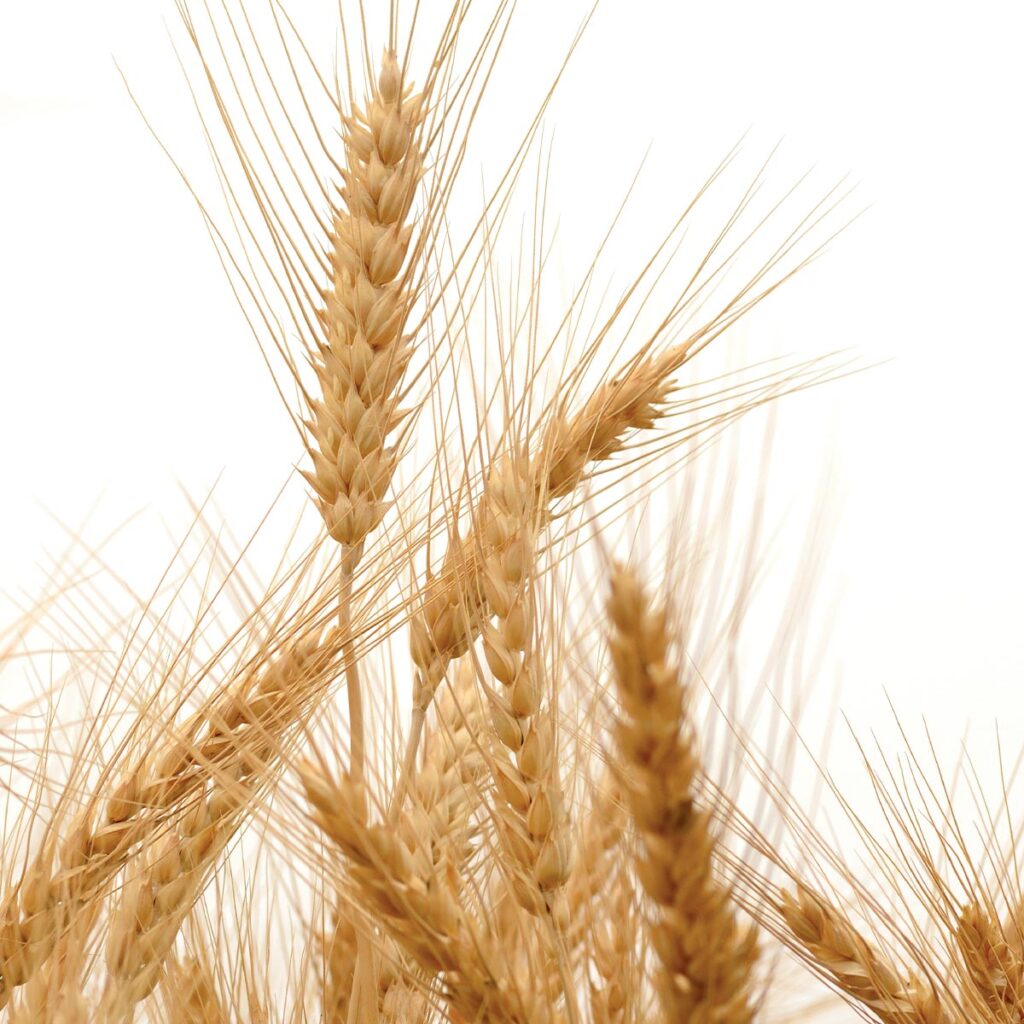Information on This Important Substance
If you’ve ever heard, “You should get more fiber,” and then wondered what exactly fiber is – you’re not alone! Read on to find out the specifics of this helpful substance, what it does for your body, and how you can incorporate more into your diet, naturally.
What is dietary fiber?
The Mayo Clinic defines dietary fiber, also known as roughage, as the parts of plant foods that cannot be completely broken down by the body. Fiber is helpful in maintaining a healthy digestive system, blood sugar levels, and weight. There are two main types of fiber:
Soluble fiber dissolves in water and forms a gel substance. It helps maintain healthy cholesterol and glucose levels. Oats, peas, apples, beans, barley, citrus fruits, and carrots are all good sources of soluble fiber.
Insoluble fiber helps move material through your digestive system and bulks stool, which benefits constipation sufferers. Insoluble fiber can be found in whole-wheat flour, wheat bran, nuts, beans, cauliflower, green beans, and potatoes.
What are the benefits of dietary fiber?
Contributes to healthy bowels.
Dietary fiber increases the weight and size of your stool while softening it – making it easier to pass and aiding constipation sufferers. It can add bulk to loose, watery stools. By easing this part of the digestion process, fiber can help lower your risk of hemorrhoids and diverticular disease.


Fiber can be found naturally in a wide variety of foods. Knowing how to make healthy choices and simple swaps can go a long way toward increasing your fiber intake and reaping the health benefits of fiber."
Lowers cholesterol levels.
Soluble fiber helps lower LDL, or “bad” cholesterol levels, thereby lowering total blood cholesterol levels. High-fiber foods can also help reduce blood pressure and inflammation.
Helps control blood sugar levels.
Fiber, especially soluble fiber, can improve blood sugar levels by slowing the absorption of sugar. Insoluble fiber may also lower your risk of developing type 2 diabetes.
Aids in achieving healthy weight.
Taking longer to eat and digest, high-fiber foods tend to leave you feeling full longer, even though they are often less calorie dense for the same volume of other foods.
How can I get more fiber into my daily diet?
Fiber-containing foods to consume:
- whole-grain products
- fruits
- legumes
- seeds
- vegetables
- nuts
- wheat bran
- psyllium
Start your day the fiber way.
Swap out that bowl of sugary cereal for a cereal containing at least five grams of fiber. Look for ingredients such as whole grains, ancient grains, oats, and bran. You can always add unprocessed wheat bran to your breakfast of choice as well.
Go with whole grains.
Make sure at least 50% of all the grains you’re eating are whole grains. Try things like brown rice, barley, wild rice, and whole-wheat pasta, and add whole-wheat flour, crushed bran cereal, uncooked oatmeal, or unprocessed wheat bran to baked goods.
Let legumes lead the way.
Legumes like peas, beans, and lentils are great sources of fiber. Add them to soups, salads, pasta, or nachos, or use them as a healthy substitute for meat.
Snack smarter.
Fresh fruits and raw vegetables are rich in fiber and make for an easy, delicious snack. Pair your fruit with a handful of nuts, or dip those veggies in hummus, for an extra dose of fiber. Air-popped popcorn and whole-grain crackers are also portable, fiber-filled snack options.

